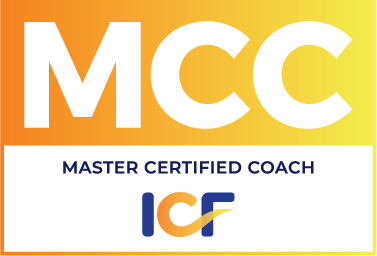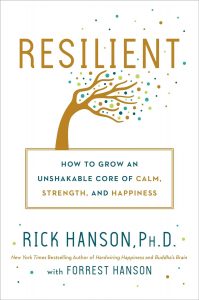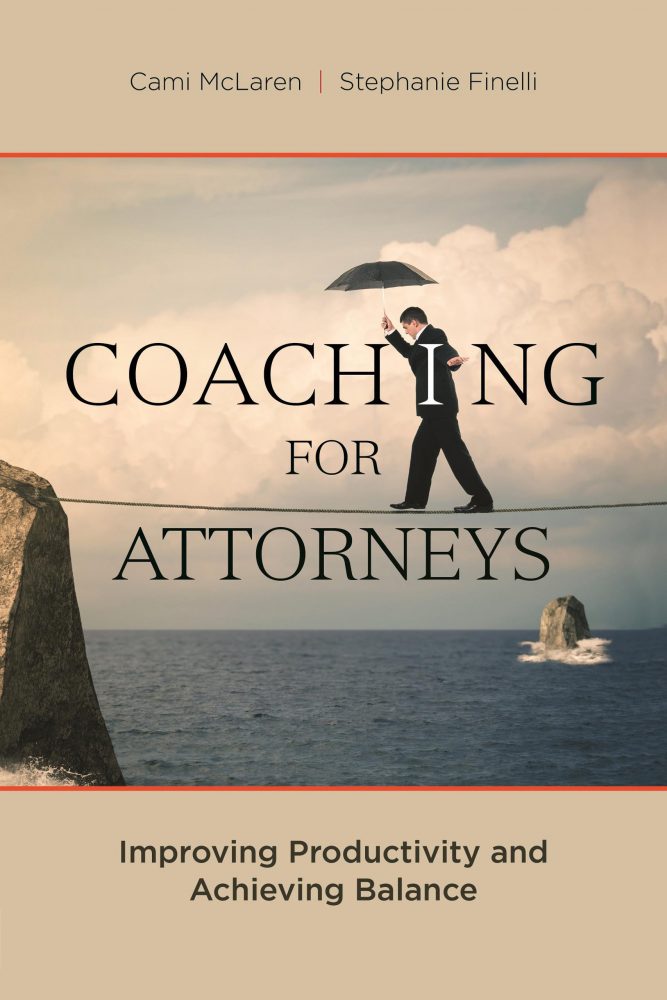I saw a speaker once on Buddhism and mindfulness give this demonstration:
He set up dominoes – like you did when you were a kid – in a serpentine design on the floor. Then he hit one and it hit the next one and so on until they were cascading their clack clack clack and landing on the floor on top of one another.
He said this: these dominoes are the moments of your life. But this is not how it has to be. You have set them up like this. This moment leads to the next moment and they are all connected for you. I thought, “Yeah, but that’s true; isn’t it?” “But,” he says, “what makes the dominoes of your life fall like this is your mood, your state, and your perception that you cannot change it.”
It goes like this: I get up in the morning and I step on a Lego. I scream in pain and I think about how messy my children are. I get into a non-resourceful state. It starts with physical pain and it includes a thought about my messy children. The thought and the pain lead to a feeling of irritation in my body. Now I go downstairs and I see my spouse. If I was not in this irritated
state, I might greet her happily. I might feel love at seeing her. But because I am in an irritated state, I greet her in a grumbling annoyed sort of way. This affects her as well and she snaps back. This just serves to heighten my annoyance. So I proceed to the kitchen in a more heightened state of annoyance and now I am moving too quickly because of this mood and I am dropping things and I break a glass. Perhaps now I start to get sad. “Nothing ever goes right.” And my sadness has me go sit in the chair for a while, which causes me to be late for work. And so forth.
This is how our days roll out. I’ve had a different domino experience where I woke up happy and I got in the shower and the water was warm and I felt grateful and I went downstairs, saw my kids playing and making a huge mess and I felt joy for them playing so nicely together. And so on.
Here is the point. You can separate the dominoes so they don’t touch each other. And when you do that and one falls, the only thing that happens is it falls. The rest stay standing. The truth of the matter is that if you become conscious of your state, you can start to consciously change your state. A non-resourceful state will have you make choices that don’t serve you. And when you do that, you will create external circumstances that you don’t want. That will in turn affect your state in another way that is likely also not positive.
This blog post is not about “positivity” or about “negativity”. It is about becoming aware of how circumstances affect your state and how your state affects your choices and your circumstances. And in this way, you can reliably declare at 10am, “This is a terrible day!” and be right about it.
How do you interrupt a non-resourceful state? Experiment with it because the first step is to notice it. Another thing that might help is refusing to blame the circumstances for your mood. For example, stepping on a Lego does not necessarily mean you have to focus on your messy children and go to a bad mood. What other choices do you have when you step on the Lego and go to a negative place? It happens fast, but once you notice it you can stop. What choices do you have at that point? When you interrupt a negative state, even with simple awareness, you have more chance of shifting. You can acknowledge, “I am having this feeling NOW.” Do not say, “This is the state of my day.” You are very powerful and when you make declarations like that, they are likely to come true.
So for this week observe. Observe the fluctuating states and how your state leads to your choices which in turn affect your state. Just like the dominoes. Then see if you can space them just a little farther apart.







